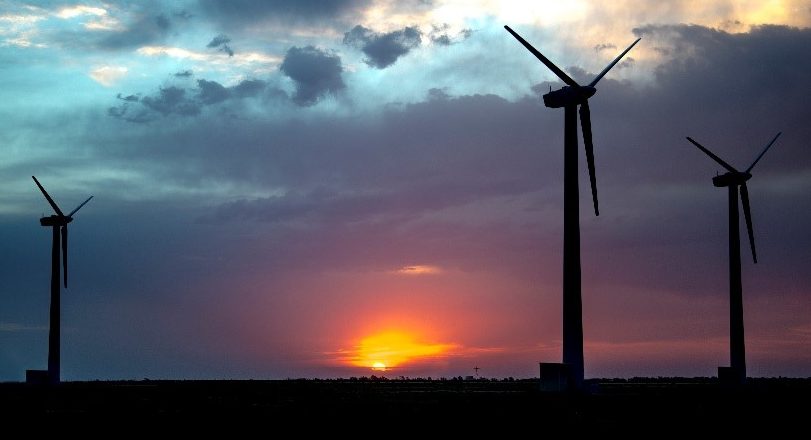
Sandia National Laboratories received the lead on six new incubator awards announced by the U.S. Department of Energy’s Wind Energy Technologies Office on October 20. WETO provided the wind-specific seed funding for a new program to create novel pathways to innovation while allowing the national labs a higher degree of risk and agility, and early career researchers more exposure and experience. The awards also offer WETO the opportunity to review many projects and research ideas without having to prejudge their merit.
“These opportunities will help leverage unique Sandia capabilities in support of reducing the cost and improving the reliability and performance of wind farms,” said Wind Energy Technologies Program Manager Geoff Klise.
In fiscal year 2024, Sandia’s Wind Energy Technologies program will take the lead on the following projects:
Machine/Reinforcement Learning to Teach Coordinated Controllers How to Reduce Wake Losses (Data Synthesis/Artificial Intelligence): This project, led by Sandia and the National Renewable Energy Laboratory, will form promising approaches using artificially intelligent systems to implement wake steering more effectively. This technology will help wind farm operators understand how to prevent significant energy loss due to wake effects.
Evaluation of Alternative Glass Fiber Formulations for Edgewise Reinforcement of Large Rotors (Novel Architectures, Approaches, Components): This project, led by Sandia and Oak Ridge National Laboratory, will perform sensitivity analyses on the unknown fatigue performance properties of alternative glass fiber material systems via simulation to determine their effect on wind blade design and the opportunity to reduce cost and mass.
Novel Blade Root Attachment and Pitch Bearing System (Novel Architectures, Approaches, Components): This project, led by Sandia and the National Renewable Energy Laboratory, will analyze an alternative blade root connection that will help reduce structural loads of the wind turbine. The project aims to improve reliability and safety for future turbines.
Enhancing Test Scale Mooring Systems for Deep Water Floating Offshore Wind Systems Using Active Hybrid Modeling (Novel Architectures, Approaches, Components): Currently, scaled testing of floating offshore wind turbines using existing wave basins cannot fully represent the total mooring line length needed for U.S. deep water sites in the Pacific Ocean and Gulf of Mexico. This project, led by Sandia, will assess whether active hybrid modeling of mooring systems is a viable solution by creating and evaluating a computer-simulated model of an active hybrid mooring system.
Advanced Blade Tip and Root Sculpting for 5% Power Increase with Negligible Change in Bending Moment (Novel Architectures, Approaches, Components): This project, led by Sandia and the National Renewable Energy Laboratory, will use advanced blade design tools to design unique blade and root geometries (the section that attaches to the rotor hub). The goal is to create a 3–5% power increase while limiting the bending of wind turbine blades for modern onshore and offshore turbines.
Airborne Wind Energy Testbed (Novel Architectures, Approaches, Components): This project, led by Sandia and Idaho National Laboratory, aims to explore the potential of airborne wind energy systems in the United States. Industry leaders will assess the potential of this technology, provide guidance on performance and certification standards, consider various U.S. sites for their potential as a test facility, and determine its viability for future commercialization.
Learn more about the incubator awards and Sandia’s Wind Energy Technologies program.
November 8, 2023